About 27% of women on campus report rape or attempted rape, a complicated stat
April 28, 2023
This year’s Campus Sexual Assault Research Team found that about one in three to one in four women at Bucknell have experienced rape or attempted rape on campus.
The prevalence rate among women was 27 percent this fall, and 12 percent among men. Separating those categories, almost 23 percent of women experienced attempted rape compared to almost 11 percent of men, and almost 18 percent of women reported an experience of rape compared to nine percent of men.
In addition to this, the campus sexual assault research team gathered information about the prevalence of other experiences of particular acts of sexual and gender based violence.
Women reported one or more experiences of sexual harassment by professors or staff at a rate of 43 percent, whereas for men the rate was 21 percent. Almost 81 percent of women reported one or more instances of sexual harassment by other students compared with 46 percent of men.
Slightly less than 30 percent of women respondents and 23 percent of men respondents reported experiences of stalking. Women reported dating violence at a rate of 13 percent compared with two percent of men. While six percent of men reported experiencing non-consensual, non-penetrative sexual contact (groping or fondling), the rate was 26 percent for women.
Not all women are impacted evenly according to the findings. For women not involved in Greek life in fall 2022, the prevalence rate of rape or attempted rape was 20.6 percent but for women in Greek life the rate was almost twice as high: 38.4 percent.
On the heightened risk of rape or attempted rape for women in Greek life, Flack said, “So literally twice the risk and pretty close to one in two, in terms of the level of risk related to being involved in the Greek system, which raises all kinds of questions. Often, you hear people say, ‘well, if we just got rid of the Greek system, then we’d get rid of this problem.’ I don’t think that’s true. I think it’s more complicated than that.”
Factors besides Greek affiliation also impact experiences of sexual assault at Bucknell. Ariana Gambrell ’23 conducted research on Bucknell’s BIPOC population this year to get a better understanding of if and how being a BIPOC student affected prevalence rates of sexual violence. Knowing how large of a predictor Greek involvement is for experiences of sexual violence, Gambrell was concerned to find that there is no significant difference in rates of sexual violence between BIPOC and white students, despite the fact that only two-and-a-half percent of BIPOC respondents were involved in Greek life as opposed to 30.7 percent of white respondents.
Gambrell connected this finding to other survey questions she asked about endorsement of the Jezebel stereotype, which is a caricature of Black women which characterizes them as promiscuous, insatiably sexual and therefore always willing to have sex. Gambrell found that white students endorsed the Jezebel stereotype at a significantly higher rate than other students. She also conducted interviews with members of the BIPOC community asking about sexual assault on Bucknell’s campus, the Jezebel stereotype and their personal experience or knowledge of campus sexual assault.
In these interviews she found themes of feelings of hypervisibility, dehumanization, objectification and institutional mistrust that caused BIPOC students to not feel comfortable reporting their experiences. This institutional mistrust was a result of fear of being ostracized from their social circles, knowing that they have such a small campus community already, as well as hearing about poor Title IX reporting experiences through the BIPOC community, creating a waterfall effect.
The research team’s expansion to qualitative interviews is in part due to a newer addition to the team: Professor Erica Delsandro. Another researcher utilized interviews in their study: Master’s student Hannah Holt. Holt’s research focused on the effects of COVID-19 and campus sexual assault during lockdown. Junior and senior women in 2018 indicated a 29.9% prevalence of attempted or completed rape, which was not statistically significant from the 35.2 percent prevalence in 2022. Counter to a decrease in reports of sexual assault and the assumption that prevalence rates of sexual assault would fall during the pandemic, Holt’s analysis of prevalence rates before and after reveal that that was not the case.
From her interviews, Holt also identified a theme of fear of punishment as a result of disclosing their experience. With Bucknell as an institution, students feared getting support after their assault or even getting STI tested because they were afraid they would get in trouble for breaking COVID social gathering protocols. According to the interviews, Bucknell did not make it clear to people that they could seek resources without retribution. Another major issue that came up in the interviews was that during the pandemic, men in fraternities had the most access to unpatrolled private spaces through downtown houses. If people experienced sexual assault in these fraternity spaces, they were afraid to tell their friends or tell others in fear that they would lose access to their only avenue for socializing.
Even outside of the pandemic, Holt found that access to private spaces continues to be an issue. First-year women living in the dorms do not have a private space to experiment with alcohol or sex, which means they have to go to other places, often the fraternities. Holt noted that sometimes this resulted in self-victim-blaming, wherein victim-survivors blamed themselves for going to someone else’s room. Sexual violence is never the victim-survivors fault, but it is especially not in cases in which they entered their perpetrator’s room because a roommate or other housing set-ups made their room unviable. Compared to first-year women and sorority women, who only have housing in Hunt Hall rather than chapter houses, upperclassmen men, especially those in fraternities, are more likely to have their own rooms and spaces.
“This is a structural level issue that contributes to the risk first year women face in what has become known as the ‘red zone’ for campus sexual assault,” which refers to the time period of statistically heightened risk, or the highest prevalence, of instances of sexual assault, “and what might contribute to sorority women’s higher rates of attempted or completed rape at Bucknell overall,” Holt said.
The Bucknellian asked Flack where we go from here knowing the information we have about prevalence. He pointed out that Bucknell has been doing a lot and doing what it should be doing in terms of prevention, programming and bystander intervention training, and yet still he has seen very little change in the prevalence of sexual assault on campus over the last 23 years that he has been conducting research.
He urged people to think more closely about social structures and institutions, specifically all-male groups or all-male peer support networks for women abuse, wherein groups of men teach other men how to successfully assault women. He has found evidence in his research which suggests that such groups exist at Bucknell.
Flack added that deconstructing institutional groups that are exclusively male does not have to mean completely dismantling Greek life. Modifications can be made instead, such as requiring all fraternities to be co-ed.
“I think that we need to continue doing what we’re already doing,” Flack said. “But we really need to consider seriously as a community what role exclusive all male groups have in terms of their impact on the campus community as a whole. And I think until we do that, we’re probably not going to get very far.”



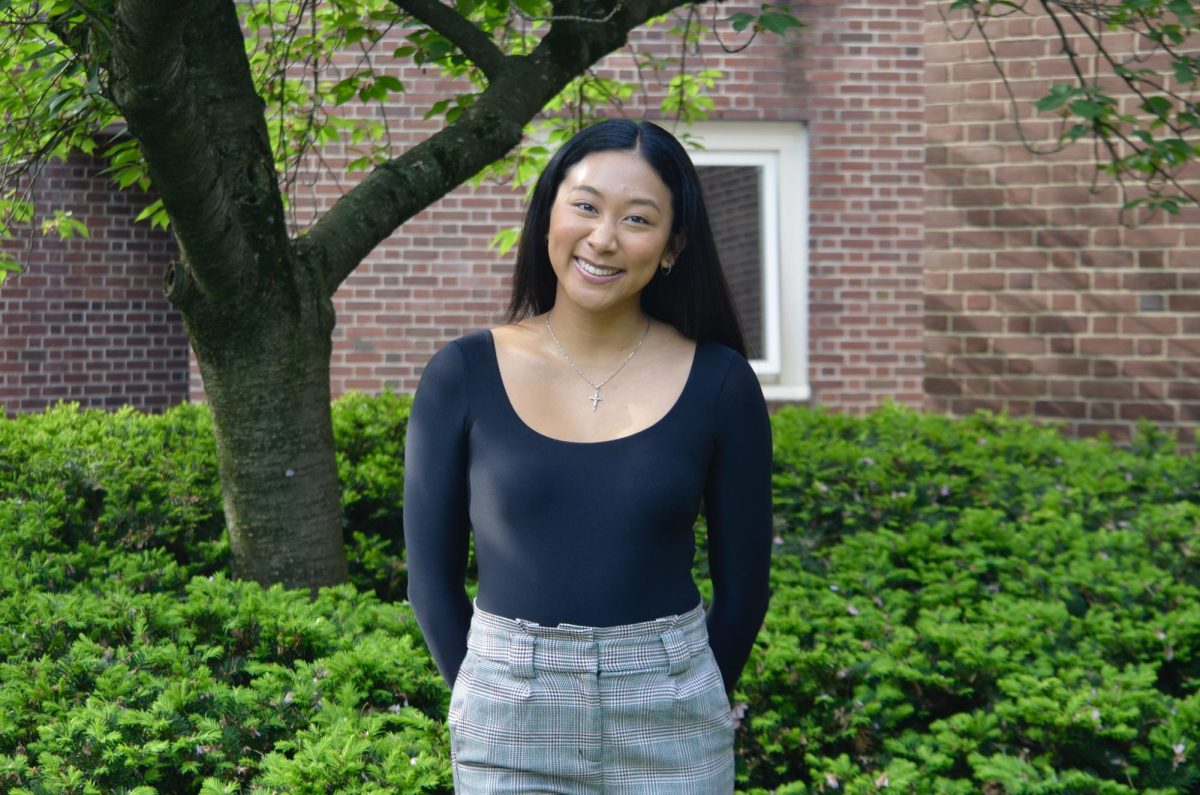





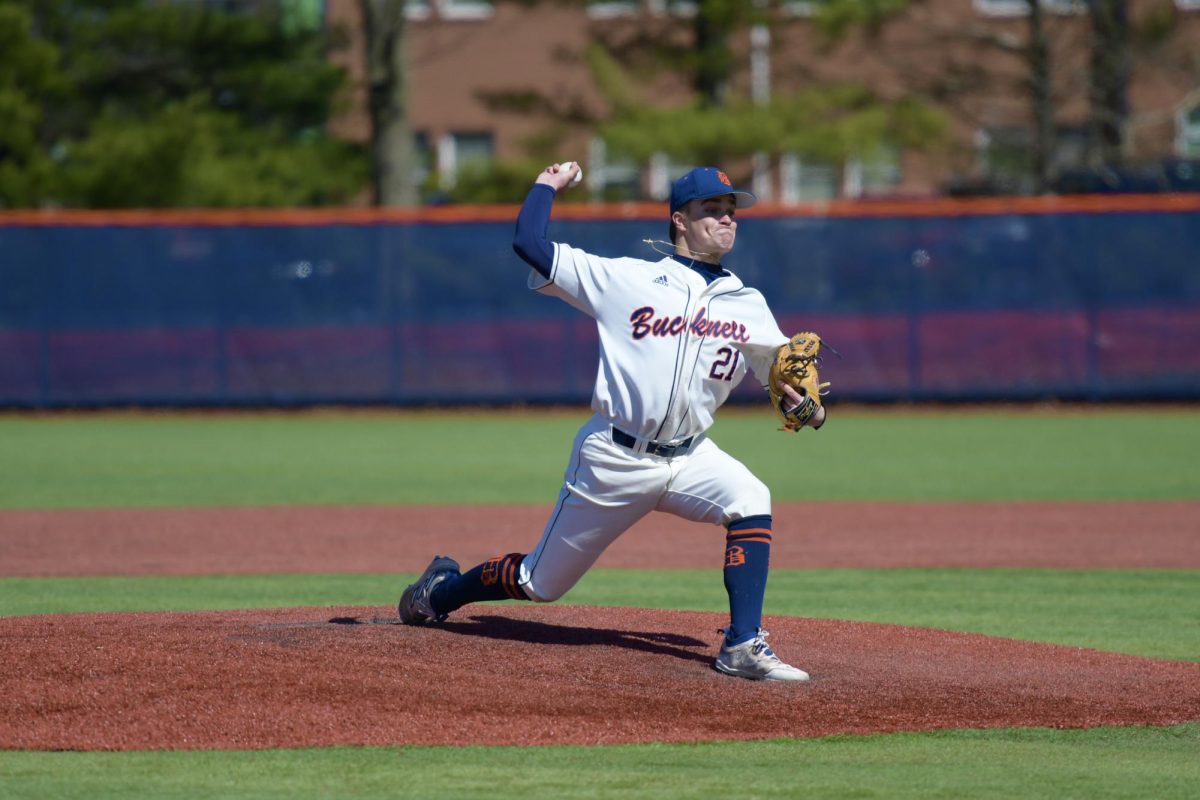


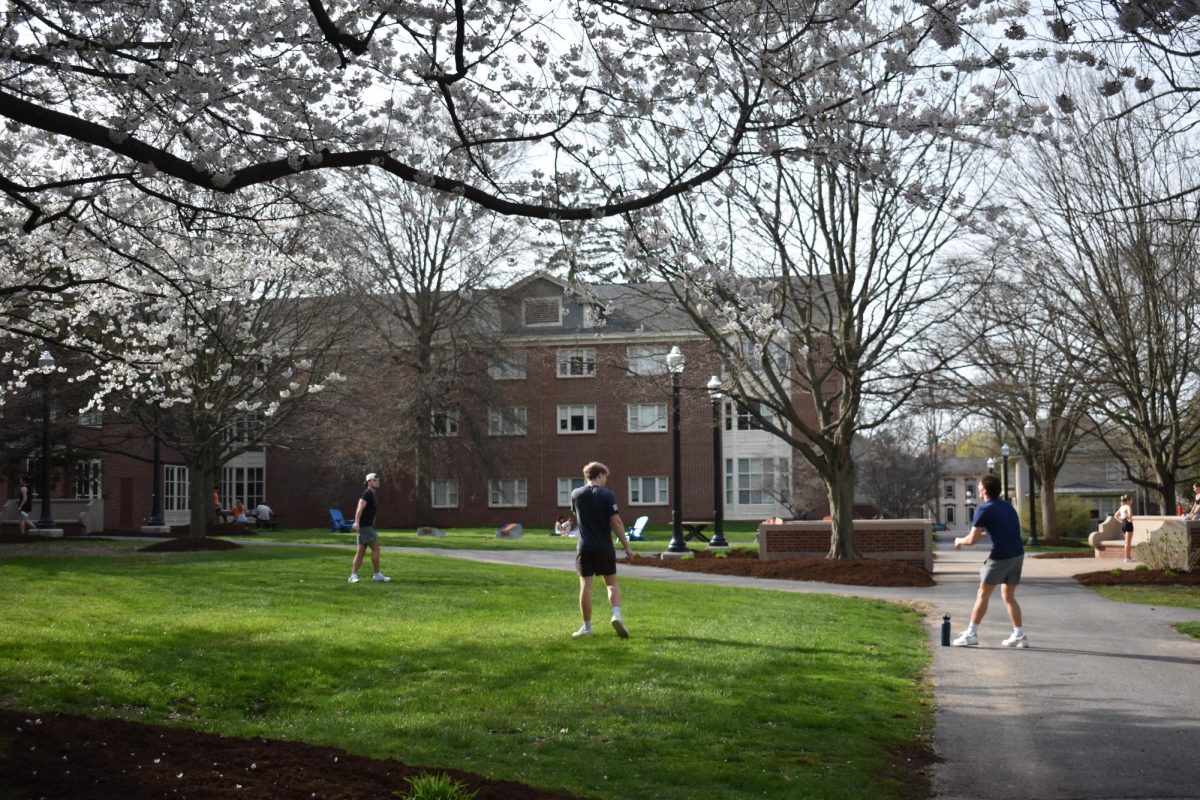




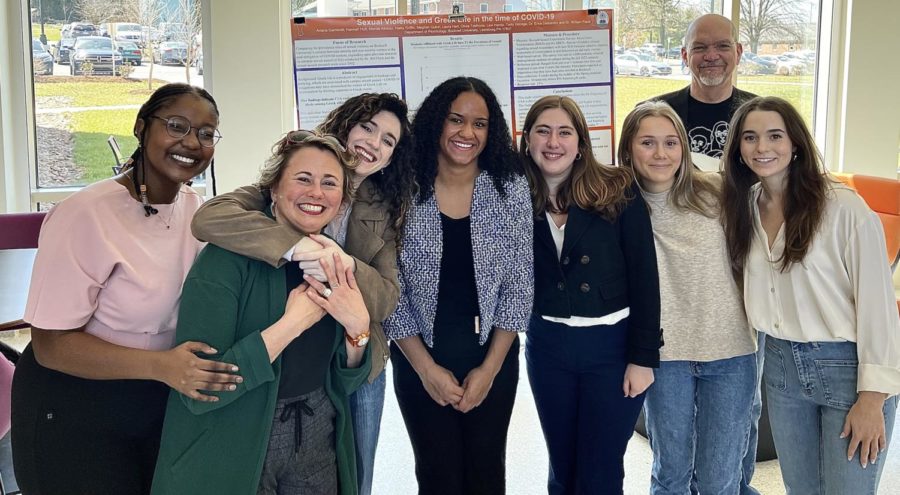
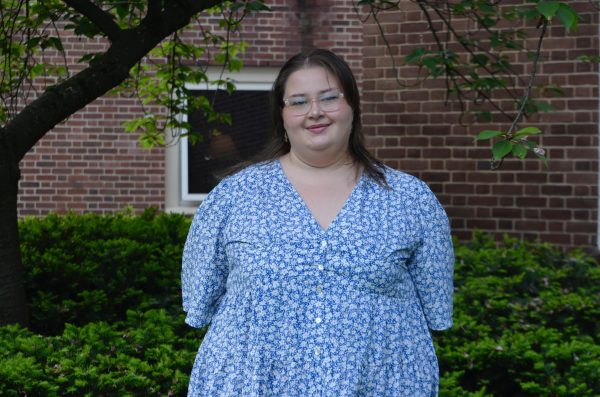


Bob Dole • May 6, 2023 at 4:13 pm
The self-reported rape percentages are clearly and unacceptably high. These statistics would argue for single-sex, multi-person dorms and no visitors allowed. Further, how illogical to then promote alcohol and sexual experimentation in the same article that cites unacceptable levels of rape. Why would a university encourage situations that would very likely result in alcohol-fueled mis-communication / mis-interpretation and resultant rape?
DL • May 3, 2023 at 5:02 pm
Carnegie Mellon University, Duquesne University and Lehigh University along with Franklin and Marshall all have on campus Public Safety Departments that are State Accredited by PCPA / PLEAC. The accreditation process helps Public Safety improve its services to the campus community and enhanced its commitment to safety and transparency.
Bucknell Public Safety needs follow suit in becoming an accredited law enforcement agency in order to properly investigate on campus crimes including sexual assaults.